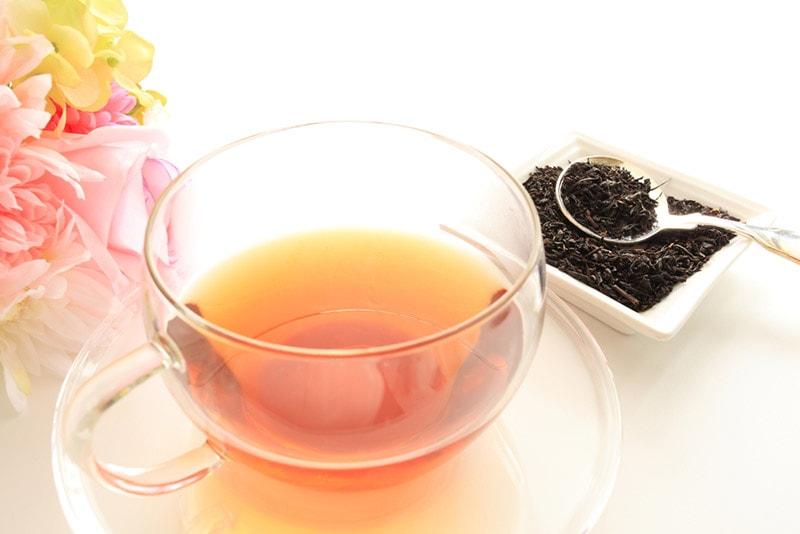Tea is a beverage with a wide range of tastes and aromas. It has been enjoyed by generations and across countries. Two of the many varieties are black tea and Earl Grey. Each has its own aroma & appeal.
What is Black Tea?
Black tea is a popular beverage that has a long tradition. It is made from the leaves of Camellia sinensis. Black tea’s unique aroma, robust flavor, and dark color are the result of a rigorous rolling, oxidizing drying and withering process. Black tea is produced in China, India and Sri Lanka. It also comes from Africa. There are many types of black teas, from the malty Assam all the way to the refreshing Darjeeling. Black tea is known for its robust flavor and high caffeine content. Its uses do not stop at teacups. This tea is loved by enthusiasts around the world for its comforting warmth and enticing flavor.
What is Earl Grey Tea ?
Since generations, tea lovers have been fascinated by the unique scent combination of Earl Grey tea. This tea is known for its unique infusion of aromatic citrus bergamot scent with black tea leaves. When bergamot oil’s bright, lemony notes are combined with black tea, a refined and flavourful brew results. Organic Earl Grey tea combines the strength of black tea with the subtly floral notes of bergamot. Tea experts love its unique aroma and flavor, whether they drink the tea straight or with milk and sugar. Earl Grey is a classic tea because of its timeless appeal.
Difference between Earl Grey & Black Tea
1. Flavour Profile
The main difference between Earl Grey tea and black tea is their taste profiles. Earl Grey tea has a citrusy brightness that elevates its robust, full-bodied taste. Earl Grey is infused in bergamot, which gives the tea a subtle floral note and a symphony that dances on the tongue. This infusion adds a touch of sophistication to the tea drinking experience.
2. Aromatic Symphony
Earl Grey’s aromatic appeal is essential to its discussion. The bergamot oil not only adds flavor but also leaves a lovely scent in the air. The zingy undertones are a wonderful introduction to the drinking experience. They stimulate the senses, in a way that black tea may not be able. Earl Grey is popular among those who enjoy a variety of scents in each cup.
3. Varietal Differences
Earl Grey is typically created by infusing bergamot oil with black tea leaves. The type of black tea can affect the final flavor. Some blends have a malty, rich flavor, while others have a sharper, more astringent flavor. Earl gray lovers may enjoy experimenting with various blends to discover the subtle differences that result from the choice of black tea base.
4. Caffeine Content
Both black tea and Earl Grey come from the same plant. The exact caffeine content can vary depending on the black tea variety used and the brewing method. Black and Earl Grey teas generally have higher caffeine content than green or white teas. Both drinks are great for those who enjoy a mild caffeine boost. Earl Grey also has an added fragrance.
5. Versatility of Consumption
Earl Grey tea goes well with many recipes, while black tea is usually brewed unflavoured with a splash of milk. It is delicious on its own but also great with milk, honey or a lemon slice. Earl Grey is not only a delicious hot beverage but also a base for iced or tea-infused drinks. Its versatility is evident in its use as a base.
How to steep Earl Grey Tea?
The process includes bringing filtered water to boil, pouring 6 oz of it over the tea, and steeping the tea for 3-5 minutes. A longer steep will bring forth deeper, earthier, and more astringent tastes in organic black tea. A shorter steep will keep the color and flavor light and delicate. Try experimenting with steeping times between 3-5 minutes to find your own personal preference.
Earl Grey and black are both equally important when it comes to tea. The experiences they provide are as important as their components. Earl Grey tea is sophisticated, enticing you with its aromatic allure, and lemony undertones. Black tea is a reliable companion with its powerful, comforting charm.


